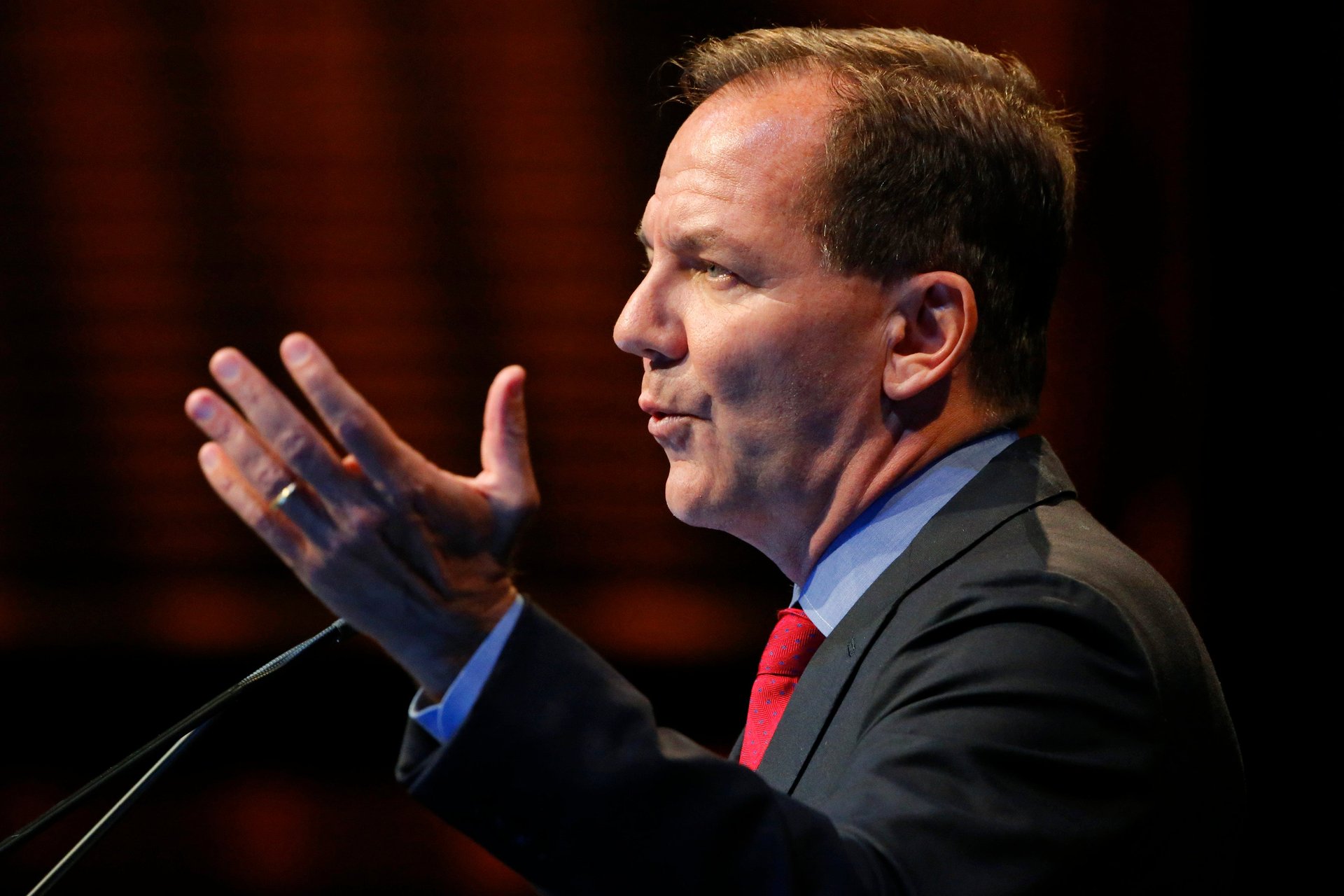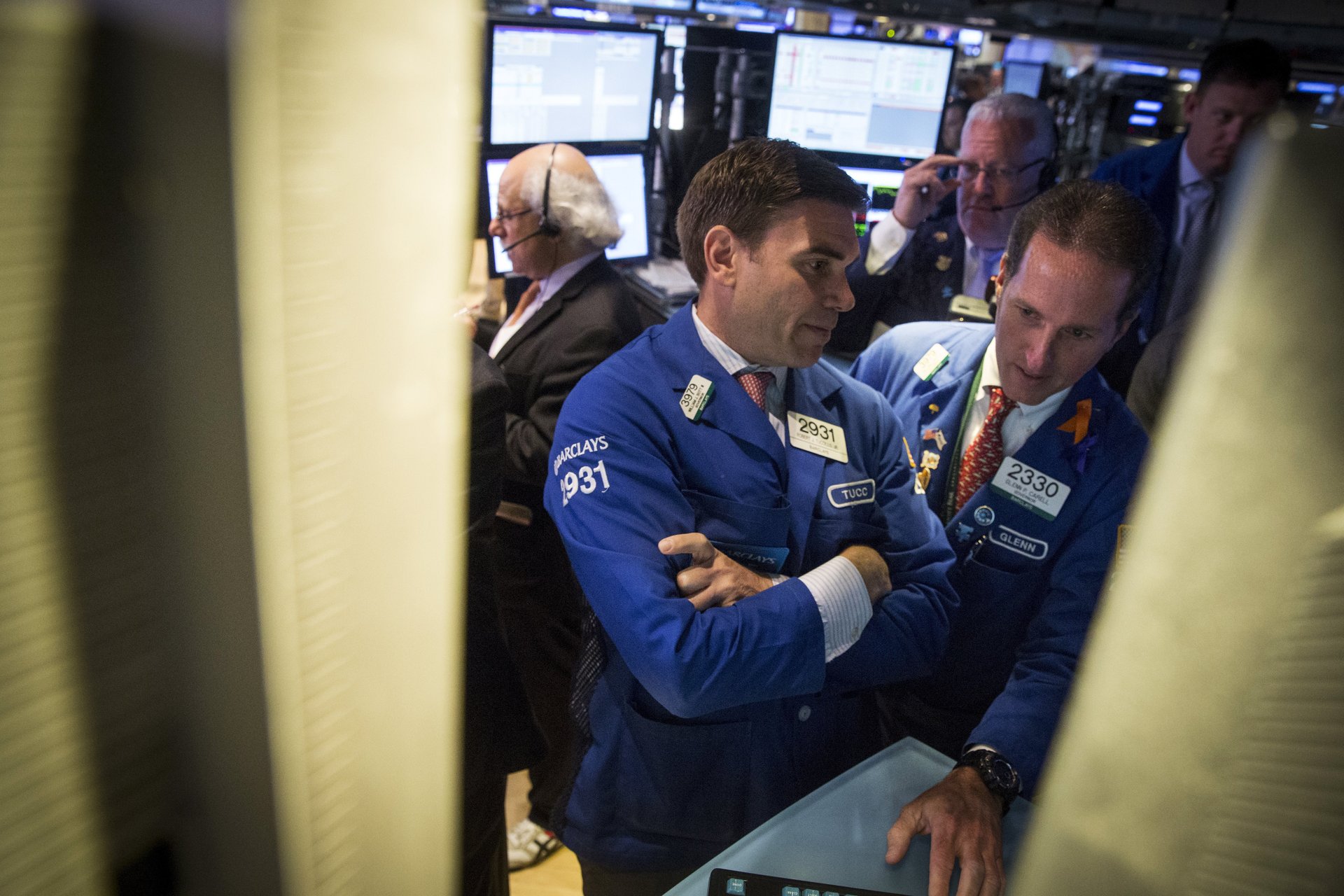US Treasury yields fell after the Fed hinted at leaving interest rates alone
Don't go long on bonds, add duration instead, said Morgan Stanley

US Treasury yields fell after Federal Reserve officials hinted at leaving interest rates unchanged at their next meeting on Nov. 1.
Suggested Reading
Philip Jefferson, vice chair of the Fed’s board, said he “remains cognizant” of the overall rising bond rate trend and will “keep that in mind as I assess the future path of policy,” in a speech Monday (Oct. 9) to the National Association for Business Economics (NABE).
Related Content
Jefferson’s comment followed Lorie Logan’s remarks to NABE that higher interest rates may help serve the Fed’s effort to lower inflation to its target 2%. Logan, the Dallas Federal Reserve president and a member of the rate-setting committee, also said that “there may be less need to raise the Fed funds rate” if long-term bond interest rates remain elevated.
In NABE’s October outlook survey, respondents expected “slowing in inflation” and interest rate cuts to start in the first half of 2024, but they doubted the Fed would reach its 2% target by the end of next year.
Mixed recession chatter
If you take billionaire fund manager Paul Tudor Jones’ word about the stock market, it paints a grim picture of what’s to come.
“As interest costs go up in the United States, you get in this vicious circle, where higher interest rates cause higher funding costs, cause higher debt issuance, which cause further bond liquidation, which cause higher rates, which put us in an untenable fiscal position,” Jones said on CNBC on Tuesday (Oct. 10).
Jones predicted that a recession is likely and that the stock market would drop 12% as geopolitical tensions threaten stability amid the Israel-Hamas war.
He also said the US is “in its weakest fiscal position since certainly World War II with debt-to-GDP at 122%.”
Jones’ comments followed DoubleLine Capital founder added Jeffrey Gundlach’s “recession warning” post last week.
Those views contrast with NABE’s October outlook survey, in which “fewer respondents than in the previous survey expect a recession within the next 12 months, with most assigning a probability of 50% or less.”
UBS agrees. In a note released Tuesday morning, the bank’s chief investment office called for inflation to keep dropping even though the strong September jobs report may contradict that view, noting that “continued moderation of average hourly earnings... and the 18-month trend of labor market cooling both suggest that growth and inflation should fall going into 2024.”
UBS also had good news for stocks: “In our soft landing base case, stocks could rise by about 10% in the coming quarters.”

Don’t go long on bonds
Investors may seek opportunities in the fixed income market, but Jim Caron, Morgan Stanley’s co-chief investment officer for global balanced and risk control strategies, has warned not to go long on bonds.
“As bond yields move within the 5% [US Treasury] 10-year range, we think this is a good opportunity to reduce the underweight and add duration to portfolios,” Caron said on a podcast.
He advocated for “adding duration,” or starting to close short positions in bonds, rather than going long. Typically, if an investor expects interest rates to fall while holding the bond, the value of the bond with longer duration would potentially increase more than for comparable bonds with shorter durations.
“We think the main benefit is that bonds around these levels may now represent a hedge to riskier assets such as equities in a balanced portfolio,” Caron said.
Yields for 10-year Treasury bonds dropped from 4.8% to under 4.7% on Tuesday opening, while 30-year Treasurys dipped below 4.86% from 4.97%.
Meanwhile, mortgage rates surged, averaging 7.49% for a 30-year fixed rate and 6.78% for a 15-year fixed rate, according to the latest Freddie Mac data as of Oct. 5.